Home>Gardening & Outdoor>Outdoor Structures>How Does A Pergola Provide Shade?
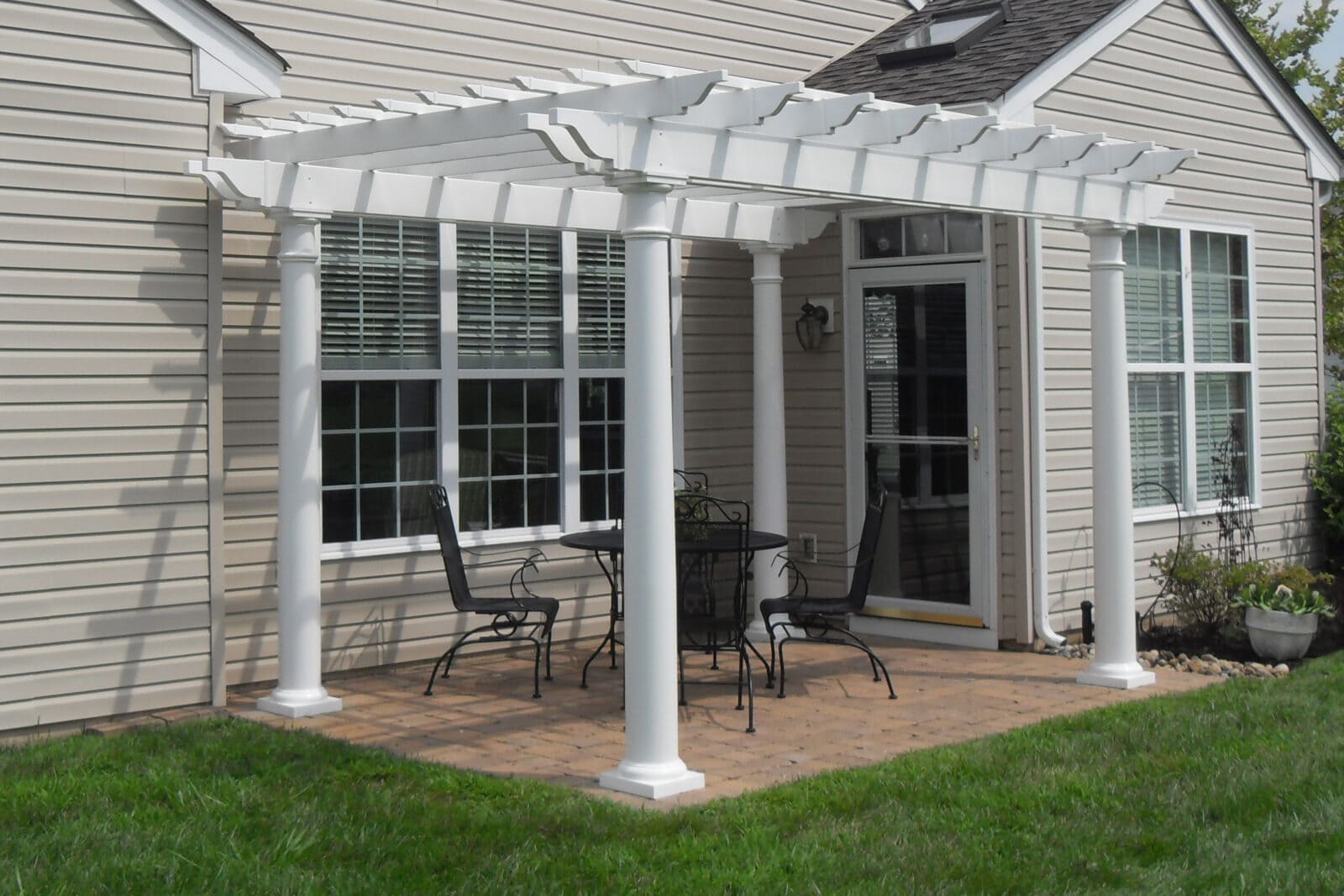

Outdoor Structures
How Does A Pergola Provide Shade?
Modified: August 28, 2024
Discover how outdoor structures like pergolas create a cool, shaded retreat for your outdoor space. Explore the benefits of pergolas for shade and relaxation.
(Many of the links in this article redirect to a specific reviewed product. Your purchase of these products through affiliate links helps to generate commission for Storables.com, at no extra cost. Learn more)
**
Introduction
**
When it comes to creating a comfortable outdoor living space, shade is a crucial element. Pergolas, with their open-sided structures and latticed roofs, are renowned for their ability to provide shade while enhancing the aesthetics of a garden or patio. These versatile outdoor features have been cherished for centuries, seamlessly blending functionality with style. In this article, we will explore the various ways in which pergolas offer shade, from their design and structure to the creative use of climbing plants and adjustable canopy options. Whether you are considering adding a pergola to your outdoor space or simply seeking to learn more about these elegant structures, this guide will illuminate the art and science of how pergolas provide shade.
**
Key Takeaways:
- Pergolas provide shade through their open-roofed design, creating a natural play of light and shadow for a comfortable outdoor space, enhanced by the use of climbing plants and modern adjustable canopy options.
- The strategic design and structure of pergolas offer a balance of shade and openness, while climbing plants and adjustable canopy options further enhance their shade-providing capabilities, creating versatile and inviting outdoor sanctuaries.
Read more: How To Attach Sun Shade To A Pergola
Understanding Pergolas
**
Before delving into the shade-providing aspects of pergolas, it’s essential to grasp the fundamental nature of these outdoor structures. Pergolas are architectural features that originated in ancient Egypt and have since evolved into an array of styles and designs. Typically constructed with vertical posts or pillars that support cross-beams and an open lattice roof, pergolas offer a unique blend of shelter and openness. Their open framework allows for ample airflow while providing partial shade, making them ideal for creating a comfortable and inviting outdoor space.
Pergolas come in various materials, including wood, vinyl, and aluminum, each offering distinct advantages in terms of durability, maintenance, and aesthetics. Whether you opt for the timeless appeal of a cedar pergola or the low-maintenance benefits of a vinyl structure, the shade-providing attributes remain consistent across different materials.
Understanding the basic anatomy of a pergola sets the stage for comprehending how these structures excel at offering shade and enhancing outdoor environments. The next section will delve into the design and structure of pergolas, shedding light on the mechanisms through which they provide shade in a natural and visually appealing manner.
**
Design and Structure
**
The design and structure of pergolas play a pivotal role in their ability to provide shade. With their open-roofed framework, pergolas utilize a combination of strategic elements to create a shaded area beneath. The spacing and orientation of the cross-beams and latticework are carefully crafted to filter sunlight and cast a pattern of dappled shade on the ground below. This natural filtering effect not only offers relief from direct sunlight but also imbues the surrounding space with a captivating play of light and shadow.
Moreover, the height and placement of the vertical posts or pillars contribute to the overall shading capabilities of a pergola. By strategically positioning these support elements, pergolas can effectively mitigate the intensity of the sun’s rays during peak hours while maintaining an open and airy ambiance. This balance of shade and openness is a hallmark of pergola design, creating an inviting space that is shielded from the harsh glare of the sun without feeling enclosed.
Additionally, the size and dimensions of a pergola can be tailored to optimize shade coverage based on the specific needs of the outdoor area. Whether it’s a cozy nook for intimate gatherings or a sprawling expanse for al fresco dining, the design flexibility of pergolas allows for customized shading solutions that harmonize with the surrounding landscape.
Furthermore, the choice of roofing materials, such as retractable canopies or shade cloth, can further enhance the shading capabilities of pergolas, providing additional protection from direct sunlight and inclement weather when desired. The next section will explore how the creative use of climbing plants can augment the shade-providing attributes of pergolas, infusing natural beauty and greenery into the shaded space.
**
When positioning a pergola for shade, consider the angle of the sun throughout the day. Placing the pergola on the west side of your home can provide shade during the hottest part of the day.
Use of Climbing Plants
**
One of the most enchanting ways to augment the shade-providing capabilities of a pergola is through the use of climbing plants. By adorning the open lattice roof and vertical posts with an array of climbing vines and foliage, pergolas can transform into lush, green canopies that offer a harmonious blend of shade and natural beauty.
When selecting climbing plants for a pergola, it’s essential to consider factors such as local climate, sun exposure, and desired aesthetic. Popular choices include wisteria, jasmine, grapevines, and climbing roses, each offering unique characteristics such as fragrant blooms, vibrant foliage, or seasonal interest. These climbing plants not only contribute to the cooling shade provided by the pergola but also infuse the outdoor space with a touch of romance and tranquility.
As these climbing plants mature and intertwine with the pergola’s structure, they create a living roof that filters sunlight and softens the overall ambiance. The interplay of light and shade, coupled with the organic textures and colors of the foliage, elevates the pergola into a captivating retreat that beckons relaxation and contemplation.
Furthermore, the use of climbing plants extends beyond mere shade provision, offering ecological benefits such as habitat for beneficial insects, nesting sites for birds, and a connection to the natural world within the outdoor living space. The next section will delve into adjustable canopy options, providing insights into how modern innovations further enhance the shade versatility of pergolas.
**
Adjustable Canopy Options
**
Modern advancements in outdoor living solutions have led to the development of innovative adjustable canopy options that further expand the shade-providing capabilities of pergolas. These versatile systems offer customizable shade and weather protection, allowing homeowners to adapt their outdoor space to varying conditions and preferences.
Retractable pergola canopies, for instance, provide the flexibility to extend or retract the shading material as needed, granting control over the amount of sunlight and shade in the outdoor area. This adaptability is particularly valuable for optimizing comfort during different times of the day or seasons, ensuring that the pergola remains a welcoming sanctuary regardless of the weather.
Similarly, motorized louvers integrated into the pergola’s roof structure enable precise adjustment of the louver angles, providing a seamless transition between open-air relaxation and sheltered shade. This dynamic shading solution empowers homeowners to effortlessly modulate the pergola’s microclimate, creating an inviting space for leisure and entertainment throughout the year.
Additionally, shade sails and tensioned fabric canopies offer a contemporary aesthetic while delivering effective sun protection. Their sleek, minimalist design harmonizes with various architectural styles, and the taut fabric canopies provide ample shade coverage, transforming the pergola into a cool and inviting haven.
Furthermore, the integration of outdoor curtains or drapes adds an element of softness and privacy to the pergola while offering supplementary shade and wind protection. These flowing textiles not only enhance the visual allure of the outdoor space but also contribute to a sense of seclusion and comfort, creating an intimate retreat within the open expanse of the pergola.
By embracing these adjustable canopy options, pergolas evolve into dynamic and adaptable outdoor environments, capable of providing shade that is tailored to the specific needs and preferences of homeowners and their guests. As we conclude our exploration of how pergolas provide shade, it becomes evident that these timeless structures continue to evolve, offering a harmonious blend of form and function.
**
Conclusion
**
In conclusion, pergolas stand as timeless testaments to the art of providing shade in outdoor spaces. Their elegant design and open-roofed structure create a natural interplay of light and shadow, offering a respite from the sun’s intensity while maintaining an airy and inviting ambiance. The use of climbing plants further enriches the shade-providing capabilities of pergolas, infusing the outdoor space with lush greenery and a touch of enchantment.
Moreover, the integration of modern adjustable canopy options elevates pergolas to new heights of versatility, allowing homeowners to tailor the shade coverage to their specific preferences and the ever-changing outdoor conditions. Whether it’s the seamless adaptability of retractable canopies, the precision of motorized louvers, or the contemporary allure of shade sails, these innovative solutions enhance the comfort and allure of pergola-shaded areas.
As homeowners seek to create outdoor sanctuaries that seamlessly blend comfort, style, and natural beauty, pergolas emerge as quintessential elements in the art of outdoor living. Their ability to provide shade in a graceful and effective manner, coupled with their adaptability to diverse design preferences and environmental considerations, solidifies their status as cherished features in gardens, patios, and outdoor retreats.
Whether basking in the dappled shade of a vine-draped pergola, savoring the gentle breeze beneath a retractable canopy, or relishing the interplay of light and shadow in an outdoor oasis, the allure of pergolas endures as a testament to the artful provision of shade in outdoor spaces.
In essence, the beauty and functionality of pergolas extend beyond mere shelter from the sun; they encapsulate the essence of outdoor living, seamlessly blending the elements of shade, light, and nature to create captivating and inviting spaces that beckon relaxation, leisure, and cherished moments beneath their timeless embrace.
Frequently Asked Questions about How Does A Pergola Provide Shade?
Was this page helpful?
At Storables.com, we guarantee accurate and reliable information. Our content, validated by Expert Board Contributors, is crafted following stringent Editorial Policies. We're committed to providing you with well-researched, expert-backed insights for all your informational needs.
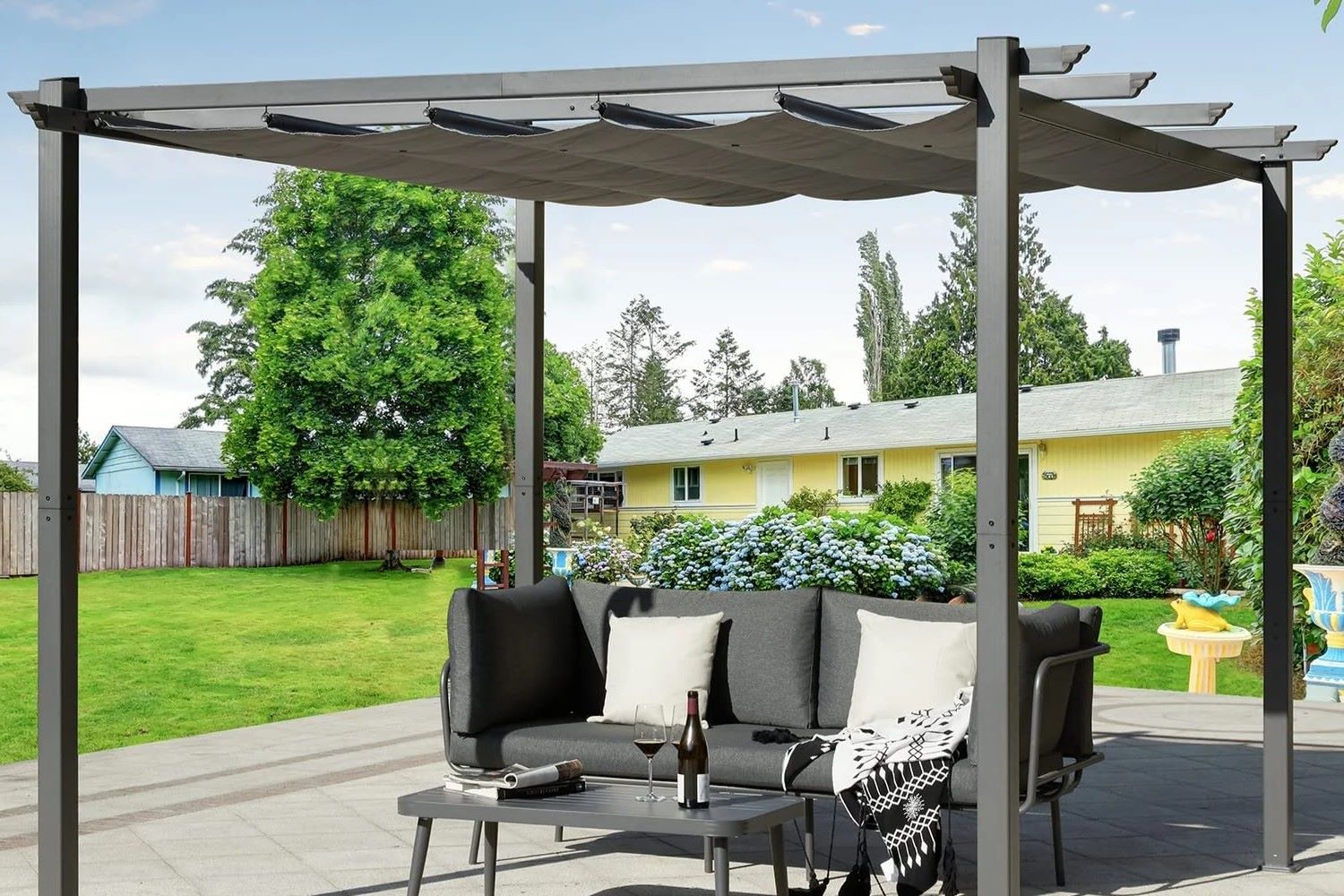
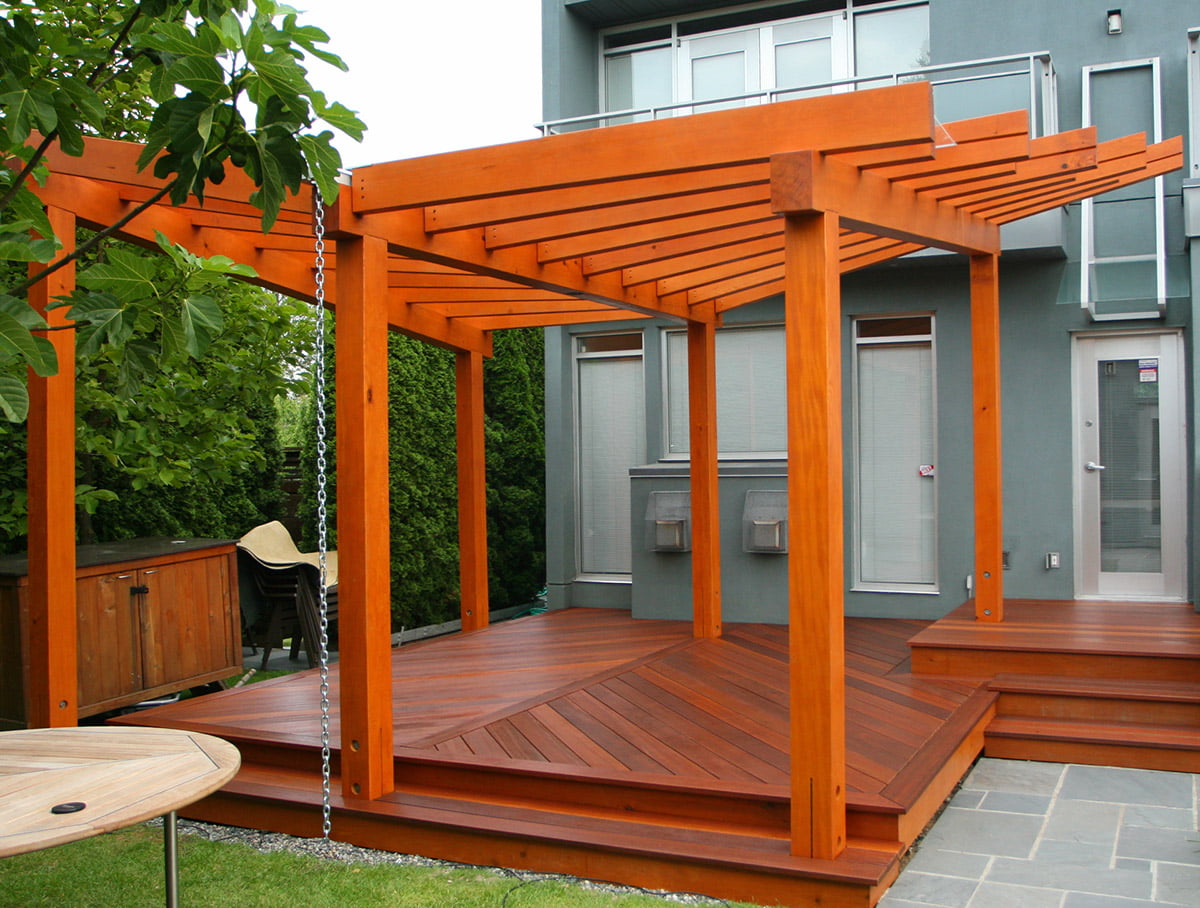
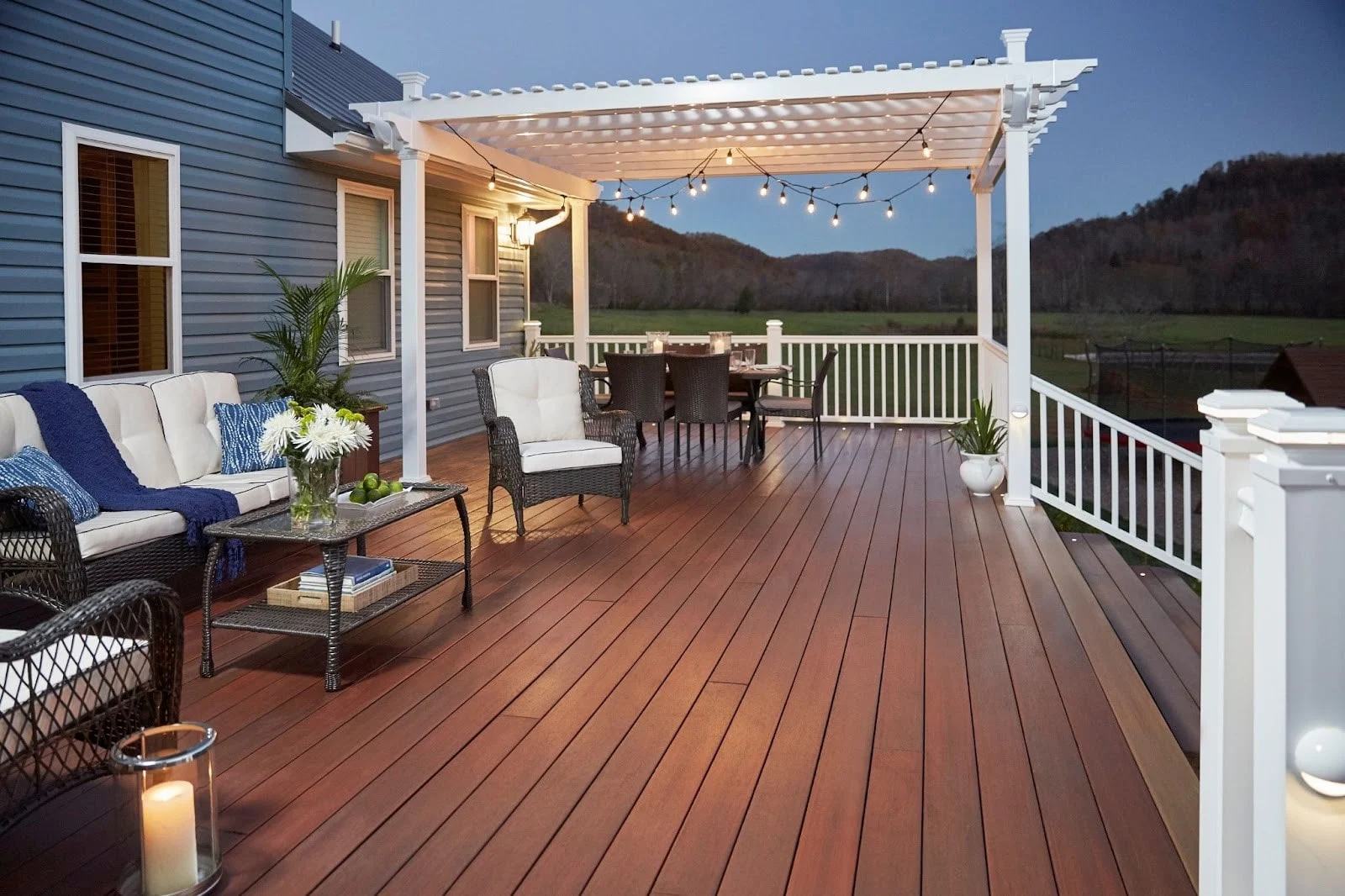
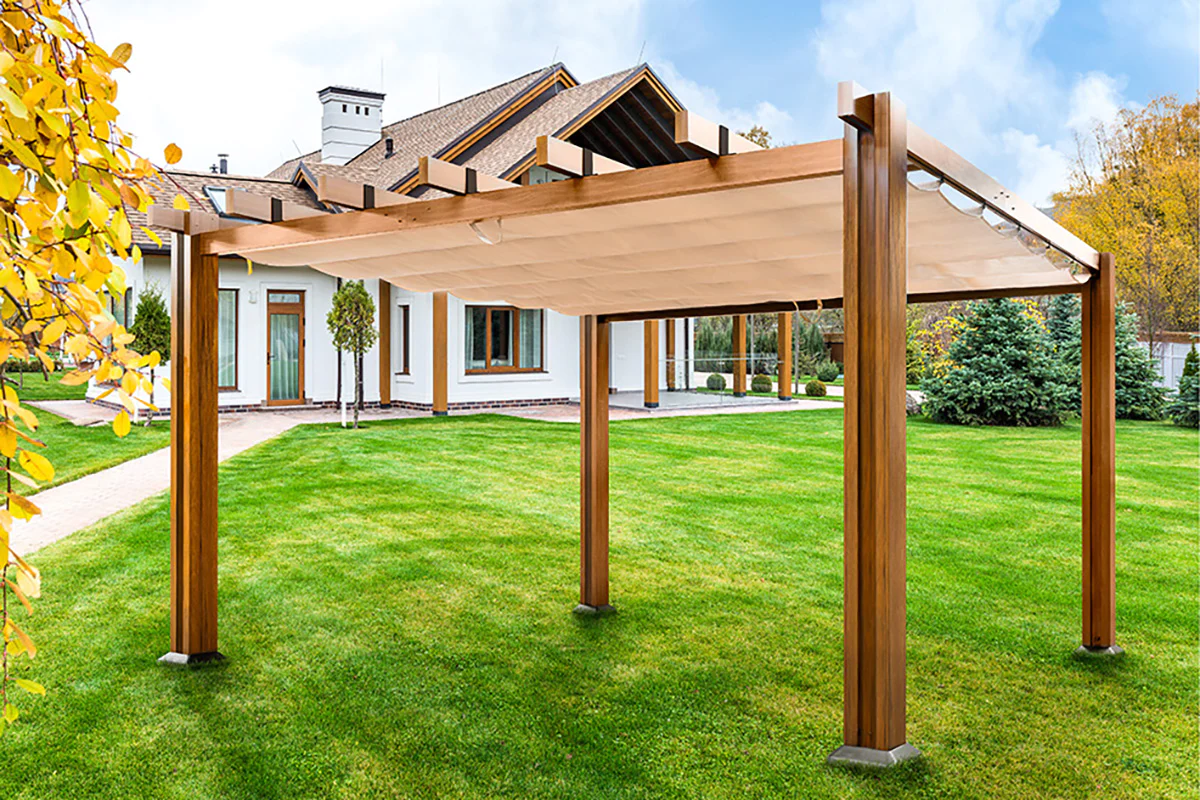
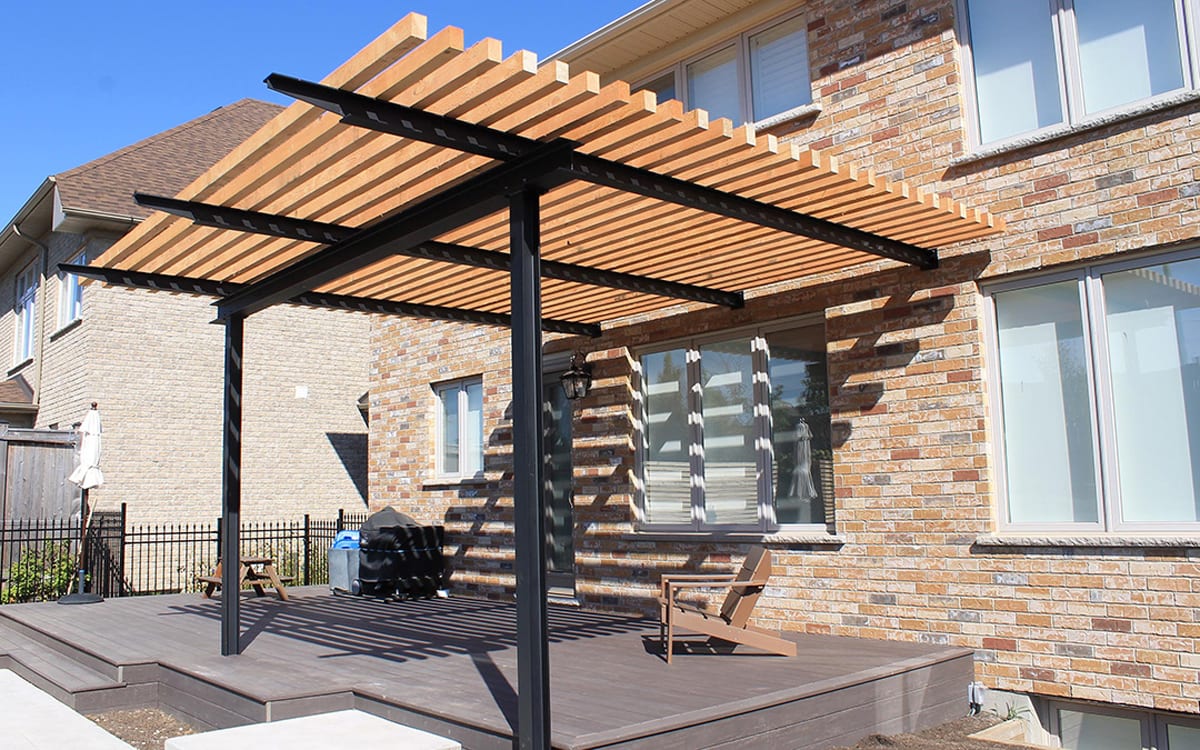
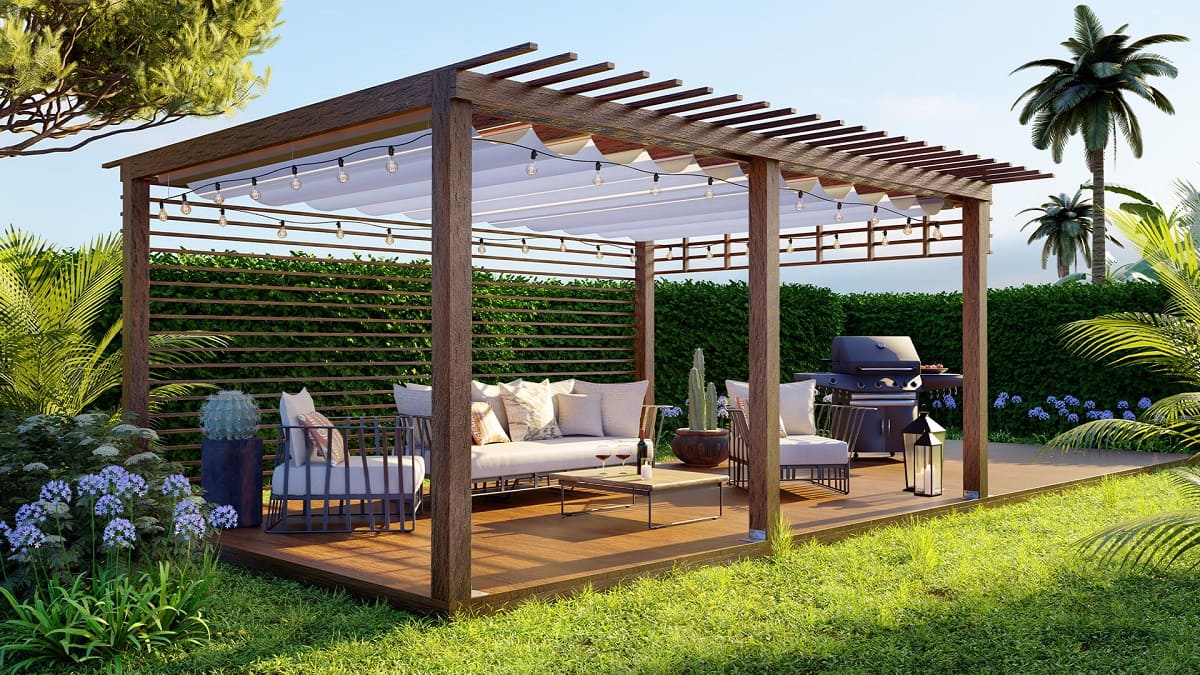
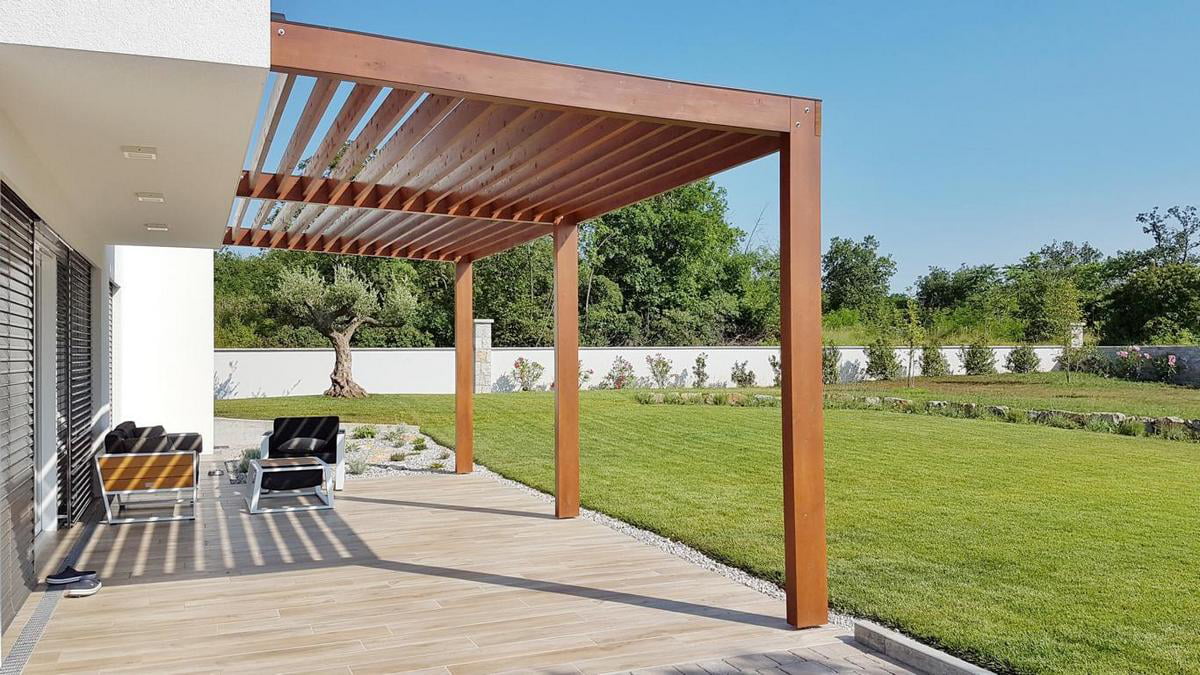
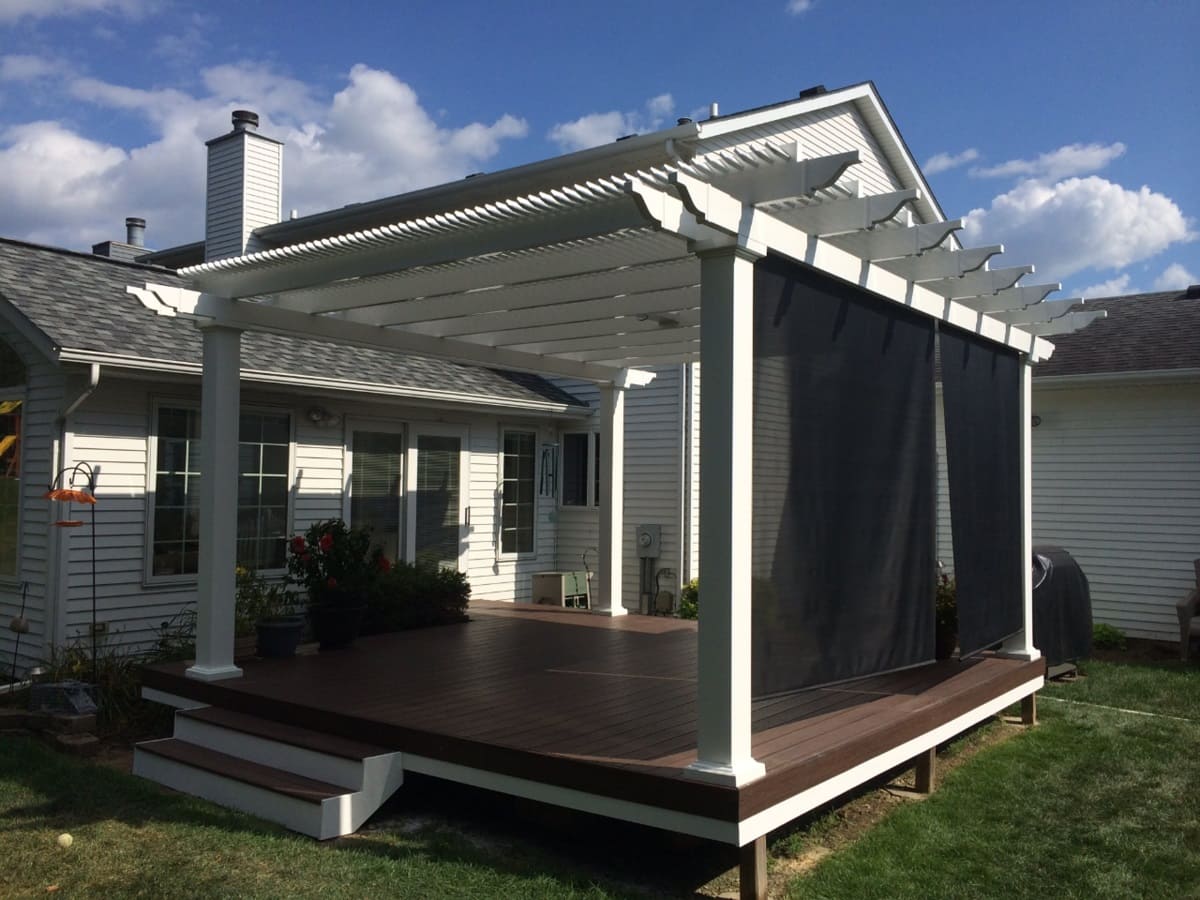
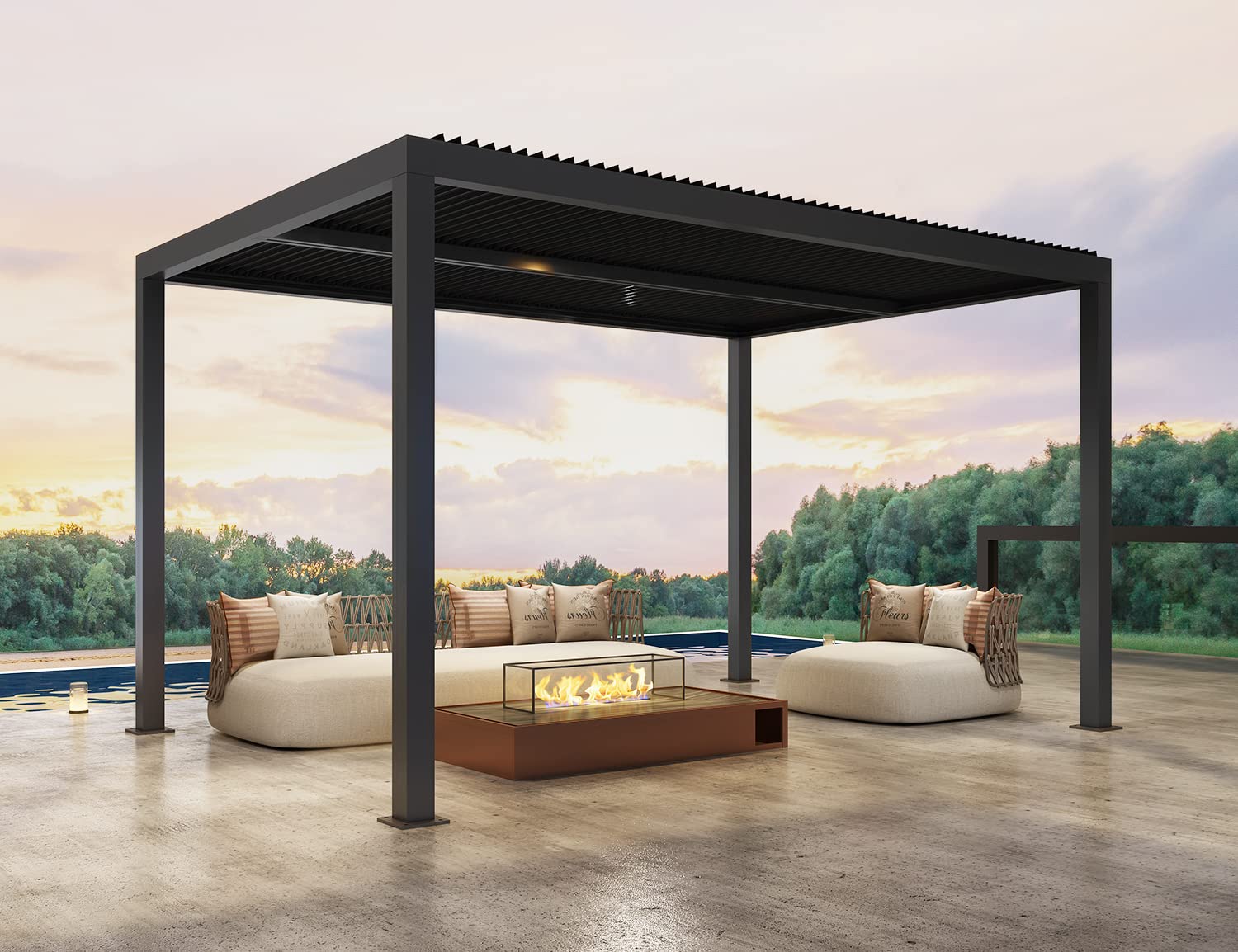
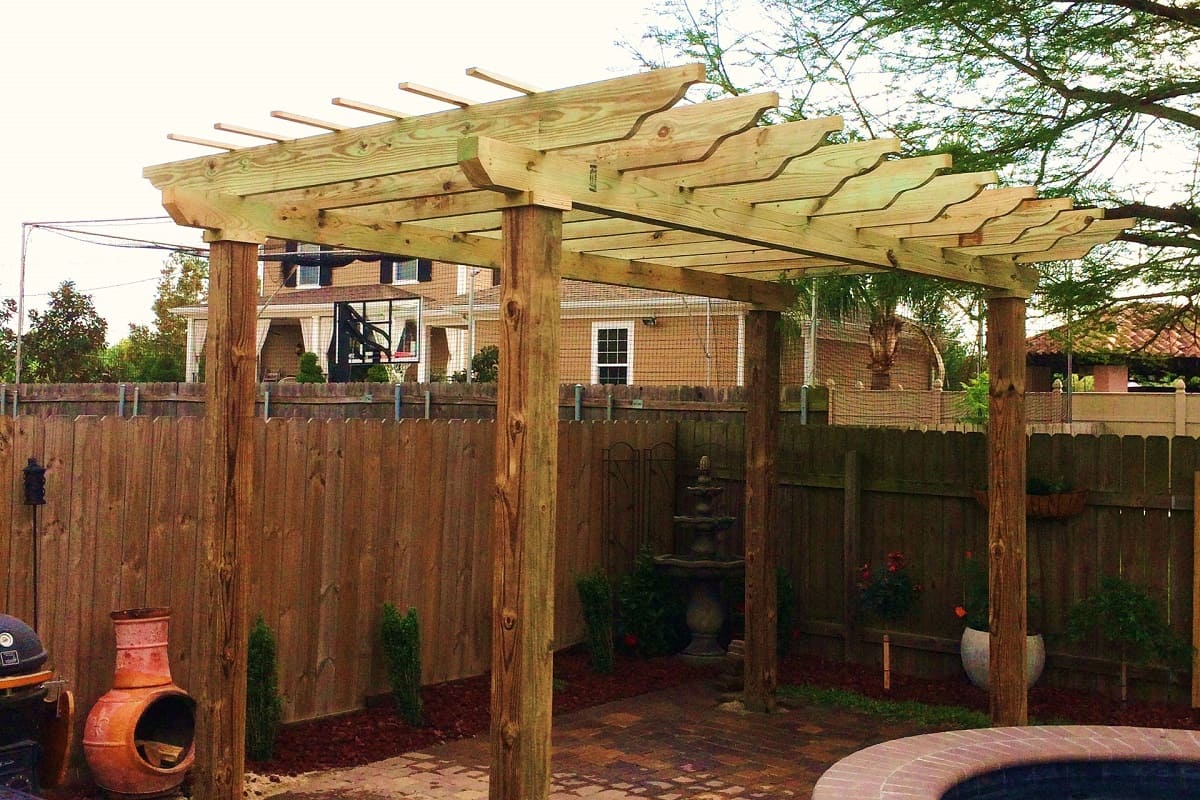
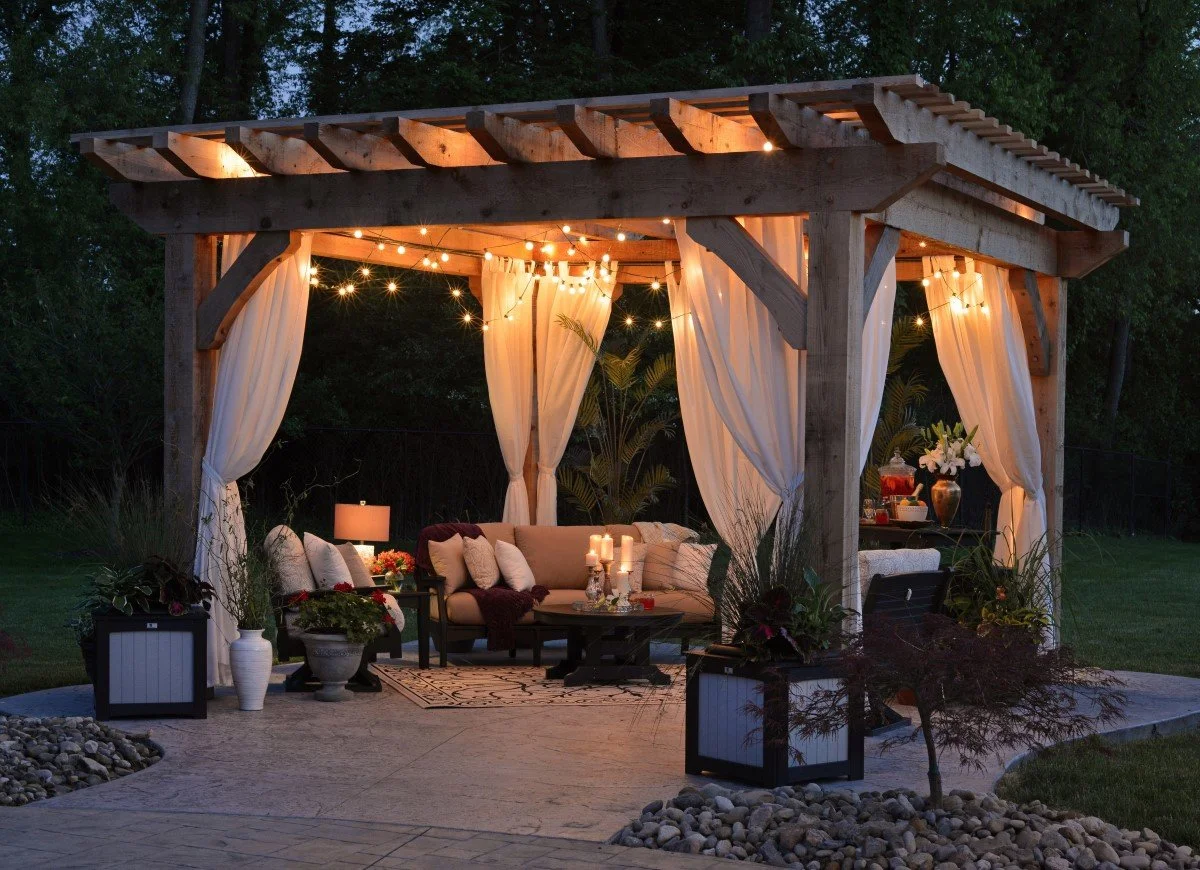
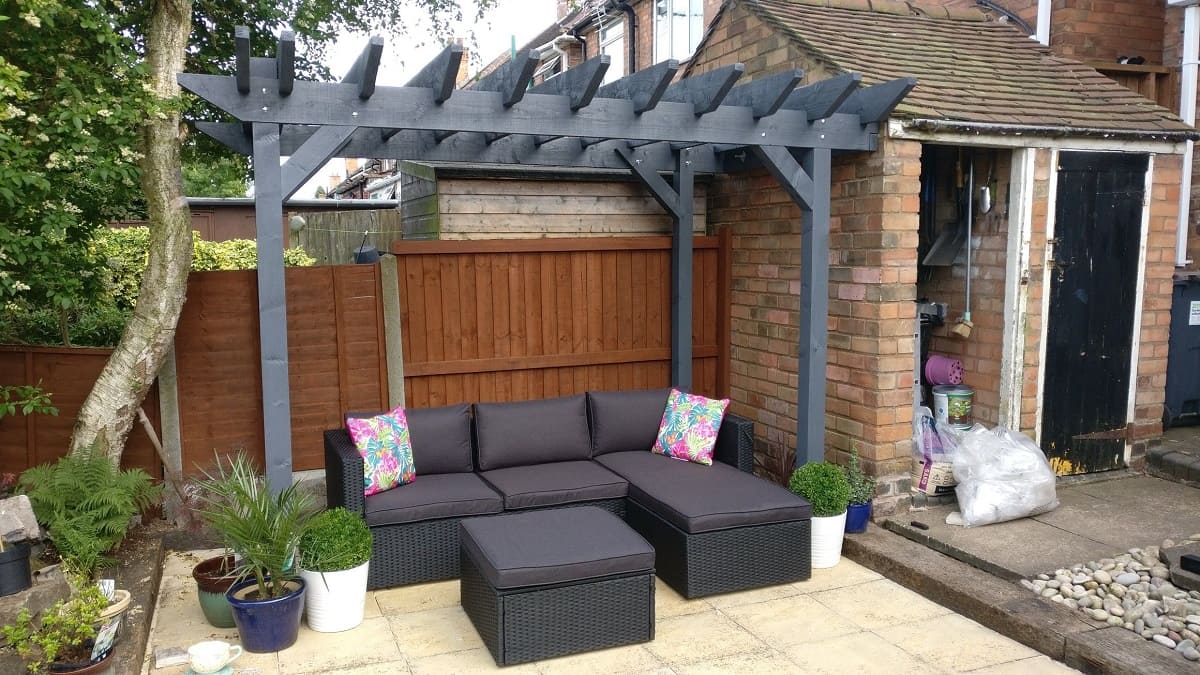
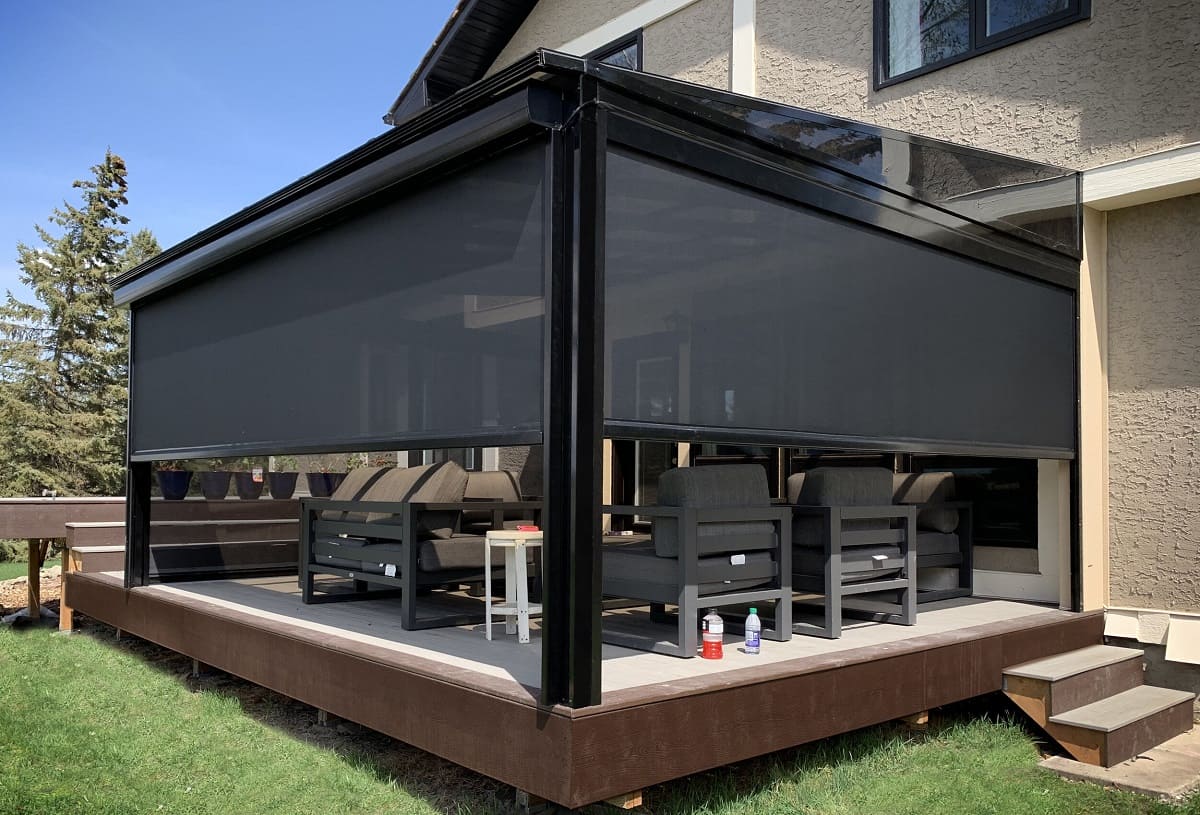
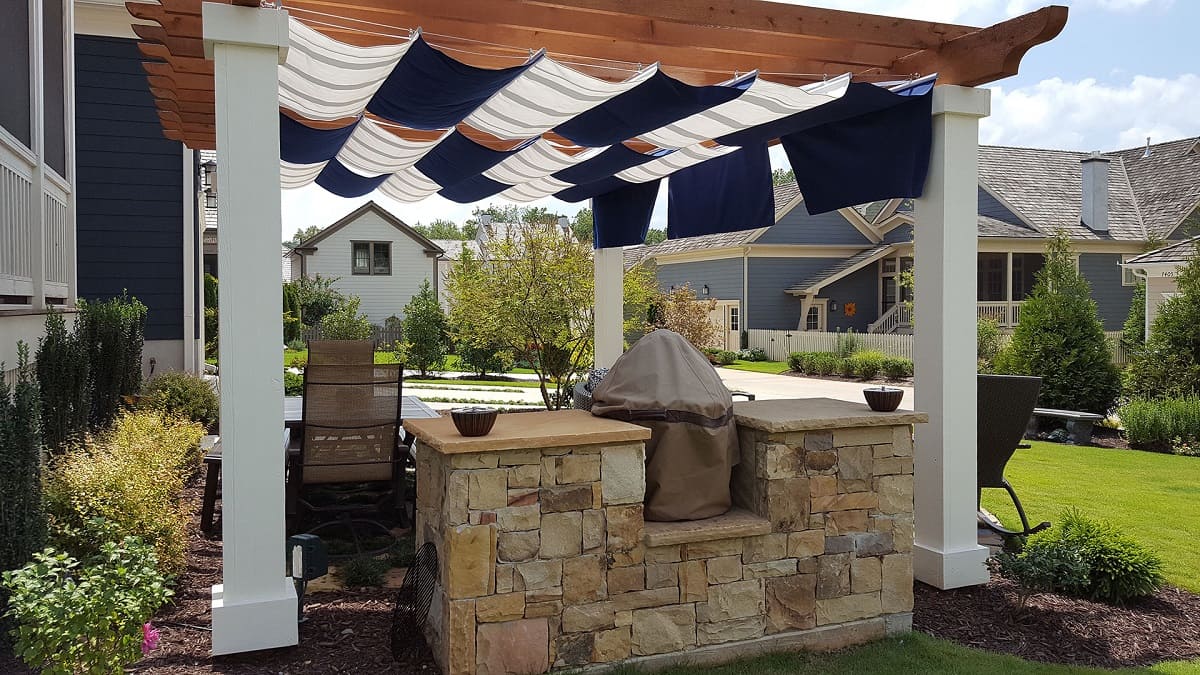

0 thoughts on “How Does A Pergola Provide Shade?”